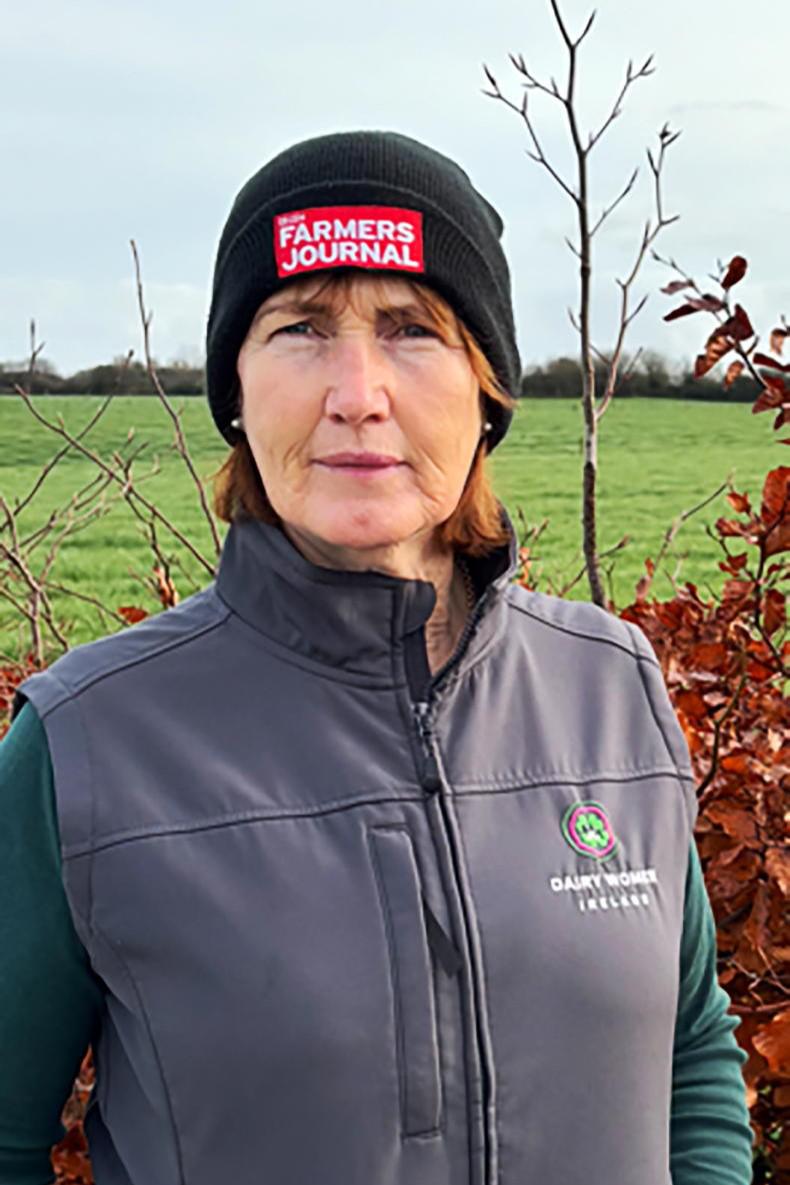With Ireland nearly reaching full-time employment, the labour market has become increasingly competitive across the board. Attracting and retaining people to work on farms has become more difficult, which has resulted in heightened labour shortages on the ground. This combined with dairy already having the highest working hours of any other sector in the economy (according to CSO data), has put a lot of pressure on farmers during a challenging year both physically and mentally.
With Ireland nearly reaching full-time employment, the labour market has become increasingly competitive across the board.
Attracting and retaining people to work on farms has become more difficult, which has resulted in heightened labour shortages on the ground. This combined with dairy already having the highest working hours of any other sector in the economy (according to CSO data), has put a lot of pressure on farmers during a challenging year both physically and mentally.
According to Conor Hogan, People in Dairy programme manager in Teagasc, this has highlighted the importance of increasing farm labour efficiency and productivity.
“Herd sizes have increased. Nationally, we have seen a 30% increase in workload demand compared to 10 years ago, on a farm-to-farm basis.

Conor Hogan, People in Dairy programme manager, Teagasc.
“The average herd size has increased from 64 to 95 cows in this period. Simultaneously, the labour market has become increasingly competitive, and attracting and retaining people to work on farms is more difficult,” says Conor.
He estimates that about 700 new full-time equivalents are needed each year to work on dairy farms, the majority to replace retiring farmers.
The sector will have to be more competitive with other industries if it is to attract the next generation of workers.
The labour-intensive nature and long hours involved in dairy farming can have a big impact on farmers’ wellbeing. This also puts people off the sector as a career choice, with 69% of young people saying the working hours on dairy farms are too long.
“Our work has shown that the most effective farmers worked a 51-hour week from February to June, compared with a 70-hour week on the least effective farms,” says Conor.
Efficiency options
This highlights that even during the peak workload period, farmers can reduce their workload and become more productive. The options for improving efficiency are to focus on the farm system and work organisation, and to adopt more efficient facilities, practices and technologies.
“By system, we mean focusing on simple and repeatable systems. A good way to think about this is to consider if something was to happen to the farmer, are there options or is the system simple enough for someone else to operate?” Conor says.
In terms of work organisation, he is referring to the structure within the day, particularly a set and early evening milking time. Getting organised in December and January will set the foundation for a successful spring.
“Repairs and maintenance accounts for 8% of all spring labour input, which is significant in the context that much of this work is avoidable, or could be postponed to later in the year,” says Conor.
Facilities and technologies will also play an important role, especially efficient milking and calf-care facilities.

Brigid Carroll, dairy farmer from Ballycanew, Wexford.
Brigid Carroll,
Ballycanew,
Co WexfordMilking 132 cows, Brigid has invested in a lot of technology and facilities leading to a more productive and labour-efficient farm. Her average working week is 54.2 hours and her average length of day is 11.3 hours; and is very positive.
Inheriting her family’s suckler farm, Brigid turned it into a dairy farm when quotas went.
Her husband Joe has his own herd and they keep them as two separate entities, with their 28-year-old son working between both.
“As soon as I had funds, I invested. I am big into technology and from the very beginning, I wanted to run an efficient system,” says Brigid.
“Every year I added a few cubicles and I invested in slurry storage as I gradually grew the herd. I then built a 22-unit milking parlour,” says Brigid.
Some of the investments Brigid has made that have had a big impact on the farm structure and system are using cow collars and a three-way drafting gate which has helped with efficiency.
“In the morning time when I am having my breakfast, I can check my phone to see what cows are in heat.
“All I need to do is push a button and when I am done milking, those cows will be in a holding pen. They are being monitored and when you’re using sex semen, that is so important,” she says.
Brigid is able to run the farm on her own and has two girls that do relief milking for her at the weekends.
This helps her to make time for herself and take days off from the farm.

Brendan McGarry, dairy farmer, Lusmagh, Co Offaly.
Brendan McGarry,
Lusmagh, Co Offaly Milking 70 cows in a very simple system, Brendan has implemented strategies for improving efficiency and maintaining a strong work-life balance. He has done this by focusing on time management and utilising contractors.
This has resulted in his average working week being 53.1 hours, along with the length of day being 11 hours according to his Teagasc labour management report.
Stephen, a local teenager, came up to the farm on a bicycle when he was 13 and asked if Brendan could teach him how to milk.
Since then, Stephen has been working for Brendan and a neighbouring farmer, Gerry. They have an agreement to share Stephen’s available hours between both enterprises.
This guarantees Stephen work and income while he is in college, and results in reliable labour on both farms as he is available four days a week.
Brendan keeps his day structured which means he is finished in the evenings and can go to GAA matches or spend time with his family. “You do what absolutely has to be done in the morning so in the afternoon, you’re not taking on a big job that’s going to take four hours.
“Some people think it’s not possible to finish that early in the evening but it’s about focusing your mind that you want to be out of the yard and only do the essential jobs,” he says.
33% of all farm labour input occurs in spring.54% of dairy farmers report workload as a key source of stress. Dairy farming has the highest working hours of any sector of the economy.69% of young people consider that working hours on dairy farms are too long. 




SHARING OPTIONS: